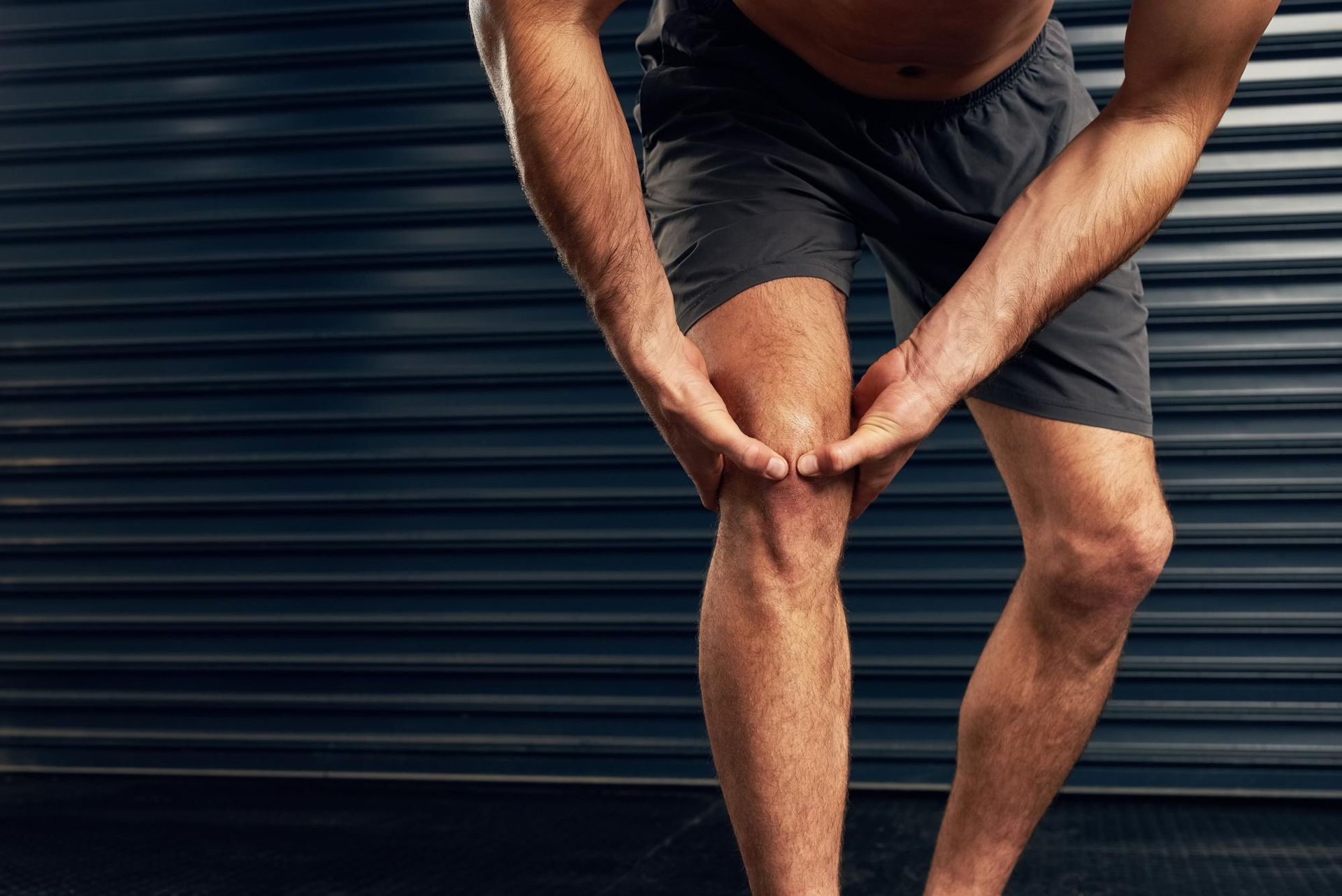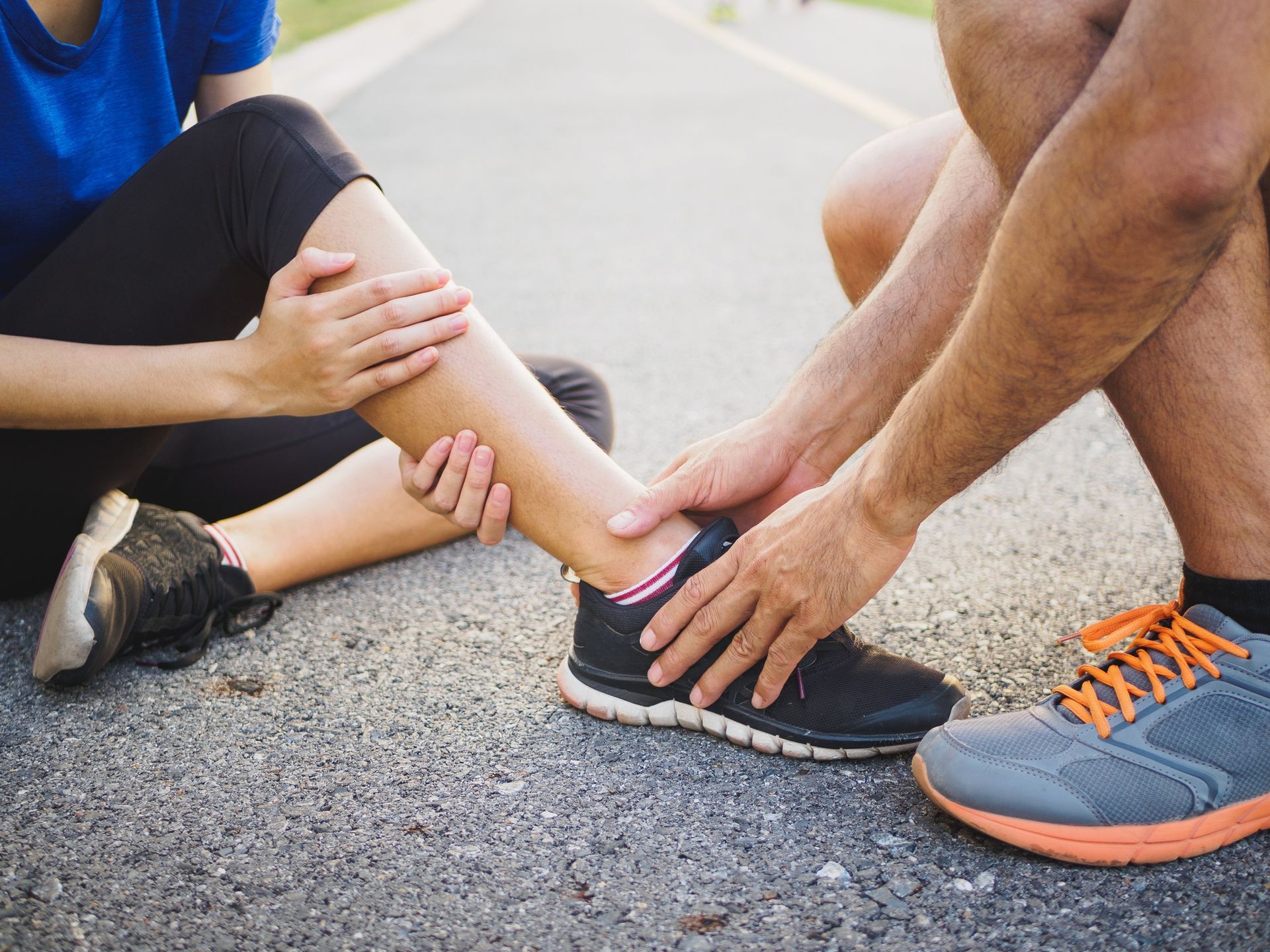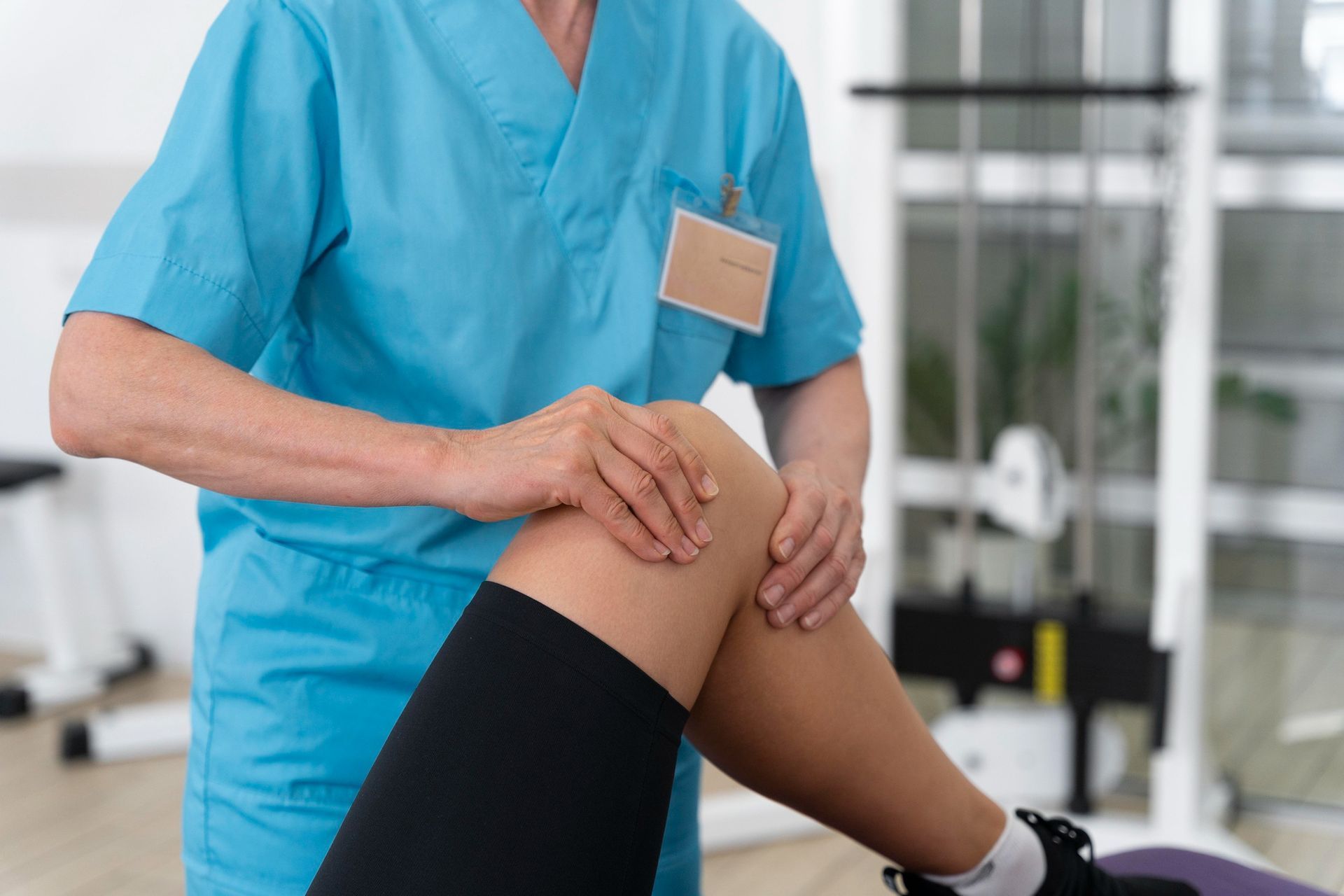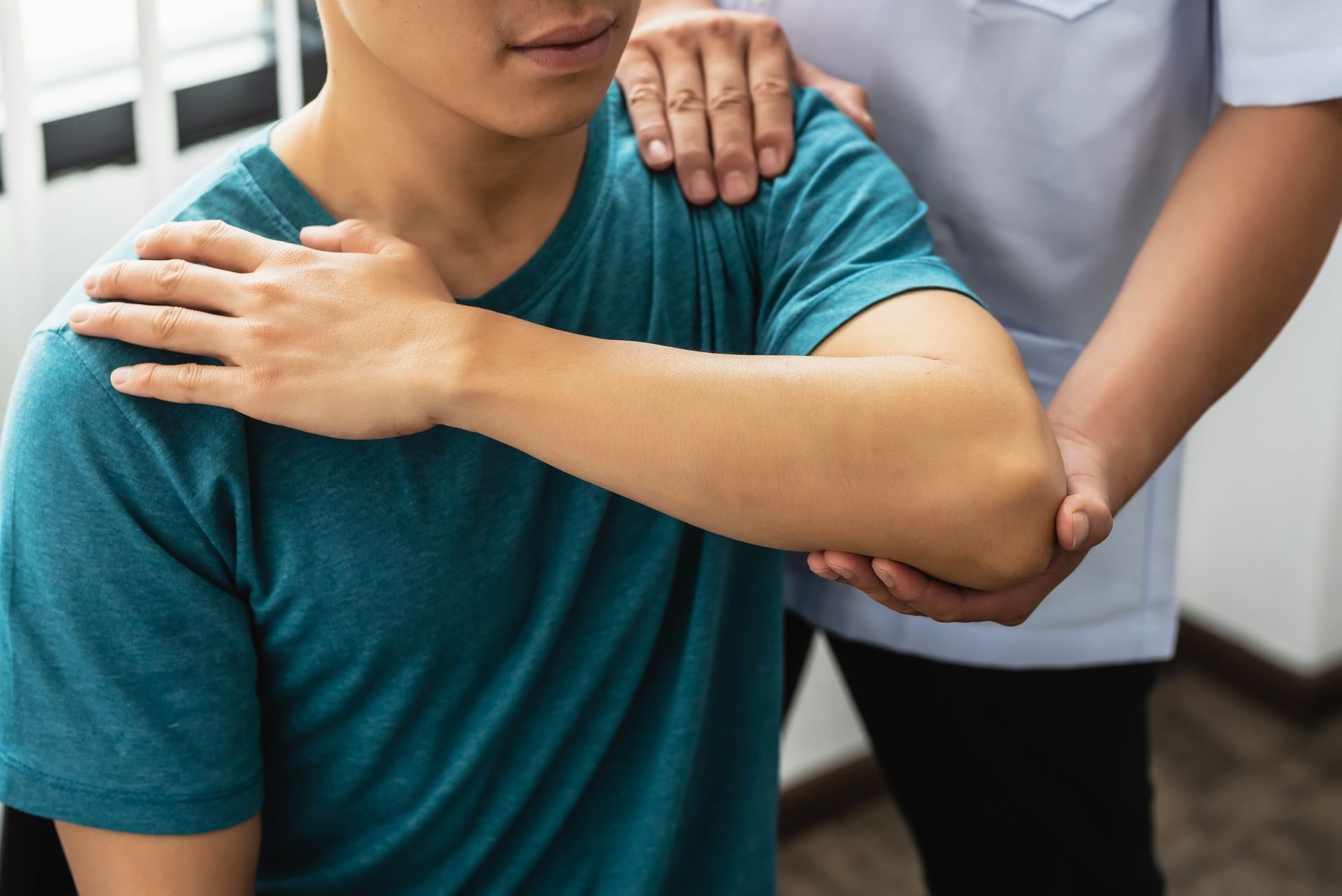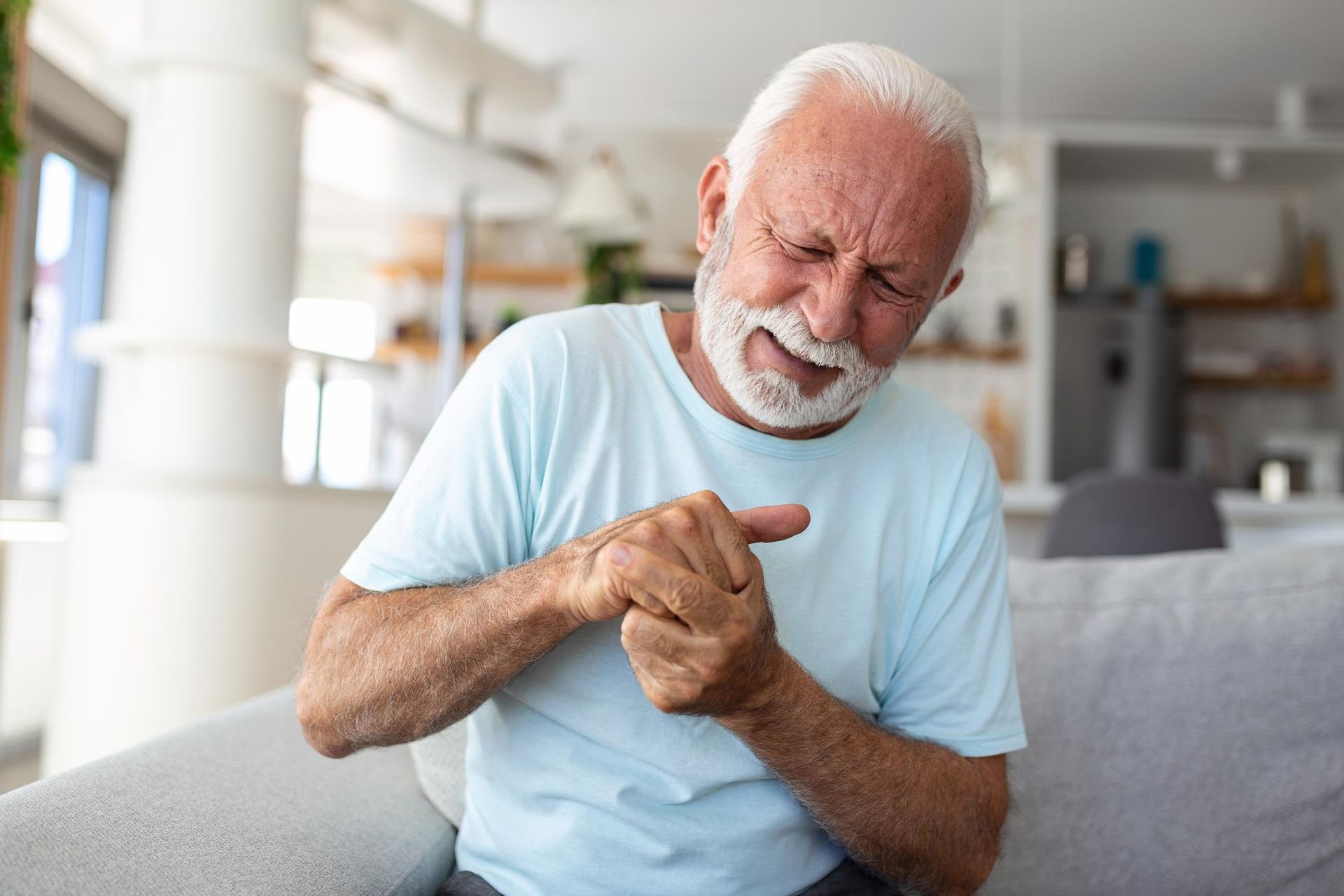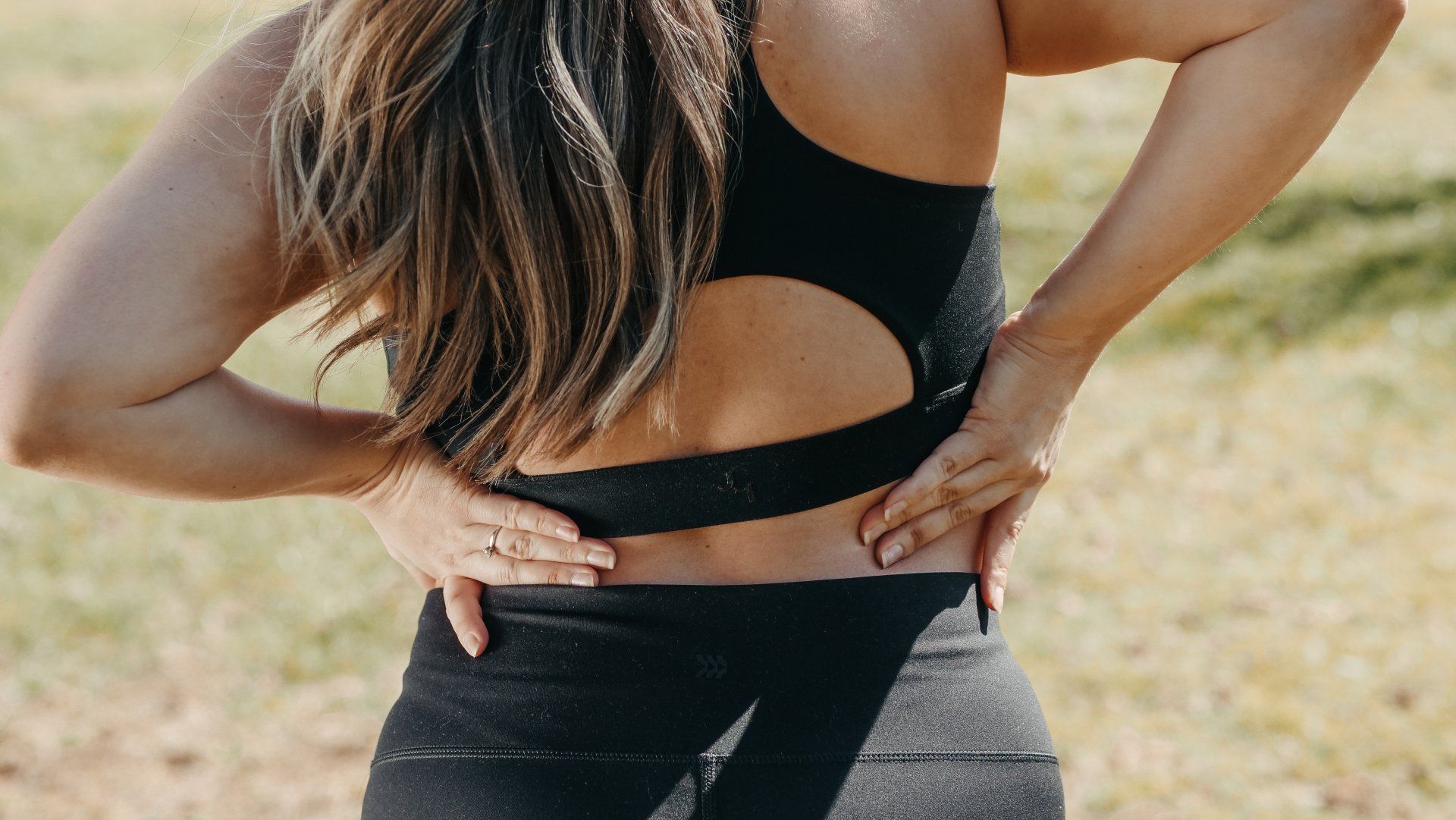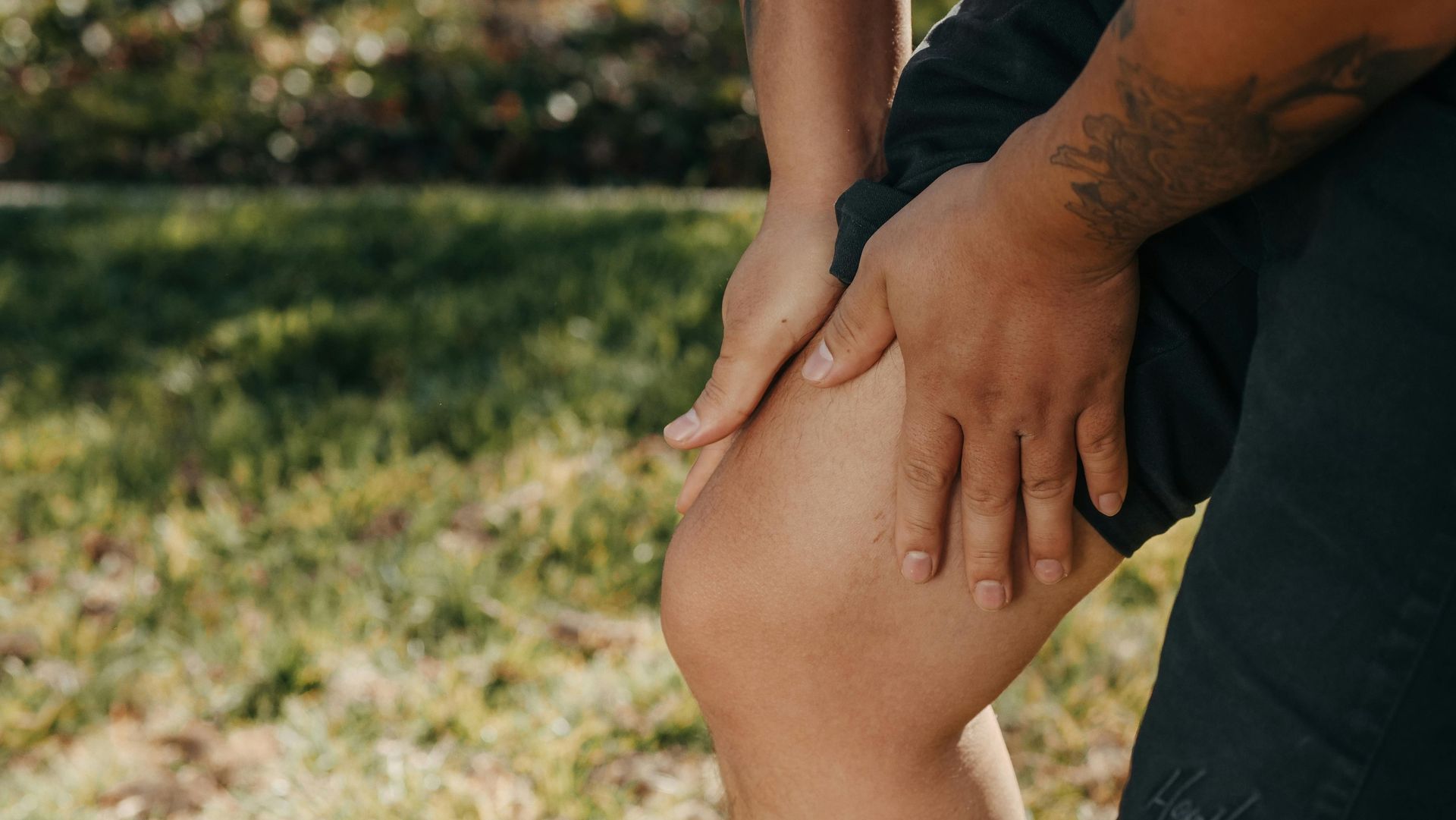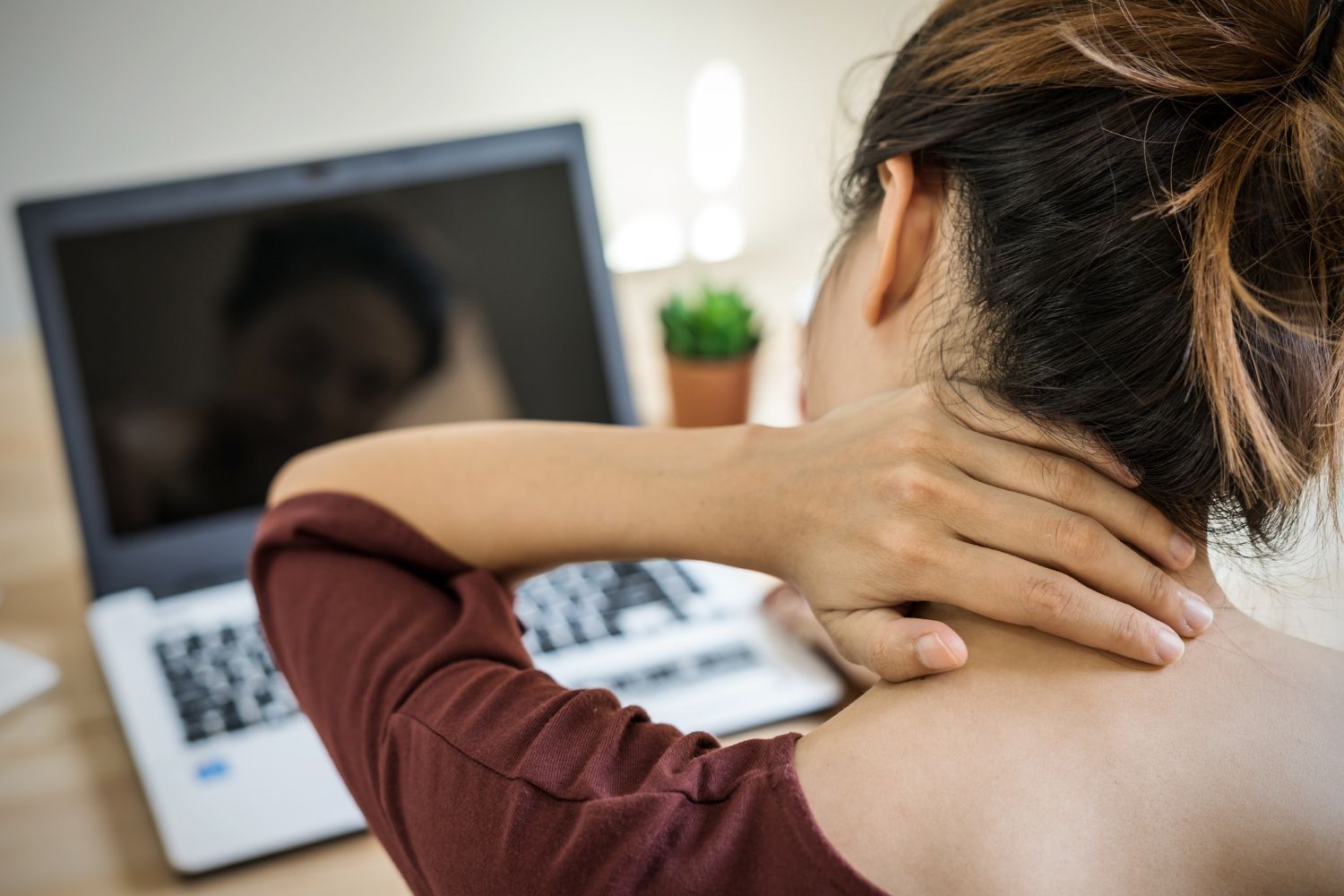Understanding Lower Back Pain: The main causes and symptoms
Lower back pain is a prevalent issue that affects people of all ages and walks of life. It can range from a mild, nagging discomfort to severe, debilitating pain. Understanding the causes, symptoms for lower back pain is crucial for managing and preventing it.
Causes of Lower Back Pain
- Muscle Strain: One of the most common causes of lower back pain is muscle strain. This can occur from lifting heavy objects, sudden movements, or poor posture over time.
- Herniated Discs: Discs act as cushions between the vertebrae in your spine. When a disc ruptures or bulges, it can press on nearby nerves, leading to lower back pain.
- Spinal Stenosis: This condition involves the narrowing of the spinal canal, which can put pressure on the nerves and cause pain. It's often associated with aging.
- Osteoarthritis: This is a degenerative joint disease that affects the joints in the spine. It can lead to pain, stiffness, and a reduced range of motion.
- Sciatica: Sciatic pain occurs when the sciatic nerve, which runs from the lower back down the legs, is compressed or irritated. This can result in sharp, shooting pain down the leg. See our blog on sciatica here.
- Scoliosis: This is a curvature of the spine that can cause uneven pressure on the lower back, leading to pain and discomfort.
Symptoms of Lower Back Pain
The symptoms of lower back pain can vary widely depending on the underlying cause. Common symptoms include:
- Dull, Aching Pain: This is the most common type of lower back pain. It may be centralised in one area or radiate to other parts of the body.
- Stiffness: Many people with lower back pain experience stiffness, especially in the morning or after prolonged periods of inactivity.
- Sharp, Shooting Pain: This type of pain is often associated with nerve compression and may travel down the leg, known as sciatica.
- Limited Range of Motion: Some individuals may find it difficult to bend, twist, or perform certain movements due to pain or stiffness.
- Weakness or Numbness: If a nerve is compressed, it can lead to sensations of weakness or numbness in the legs.
Lower back pain is a widespread condition with various causes and symptoms. Understanding the underlying factors can help in choosing the most appropriate treatment approach. If you experience persistent or severe lower back pain, it's essential to consult a healthcare professional for an accurate diagnosis and personalised treatment plan. With the right care, many individuals can find relief and regain their quality of life.
For more help or advice, you can contact us
here.
